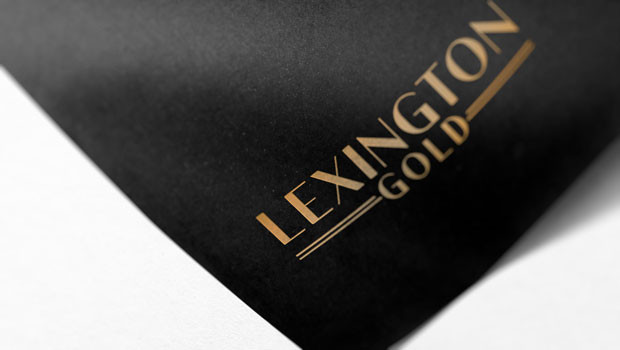Lexington Gold upbeat on assay results from Jennings-Pioneer project

Lexington Gold Ltd (DI)
4.35p
16:55 25/06/24
Explorer and developer Lexington Gold announced positive assay results from its recent drilling programme at the Jennings-Pioneer Project in South Carolina on Monday.
FTSE AIM All-Share
765.48
14:15 26/06/24
Mining
10,305.99
14:09 26/06/24
The AIM-traded company said the results confirmed the extension of the Barite Hill Trend gold mineralisation onto the Jennings-Pioneer Project.
It said the drilling, which comprised 495 metres of drill core from three drill holes, successfully intersected all three target zones of the Barite Hill Trend - the Middle Ore Zone, the Foot Wall Ore Zone, and the Red Hill Ore Zone.
Significant findings included massive sulphides, semi-massive sulphides, and associated quartz barite veins.
A notable assay result came from hole JP24-2, which yielded 23 metres at 1.14 grams of gold per tonne from 127 to 150 metres.
That included a higher-grade section of 10 metres at 2.11 grams per tonne from 127 to 137 metres, and a further concentration of two metres at 5.66 grams per tonne from 133 to 135 metres.
Another significant result was from hole JP24-3, which produced 39 metres at 0.8 grams of gold per tonne and 60.49 parts per million tellurium from 14 to 53 metres.
That included 11 metres at 1.03 grams of gold per tonne and 79.54 parts per million tellurium from 42 to 53 metres.
Additionally, potential by-product mineralisation was identified, with hole JP24-1 showing 10 metres at 1.33% zinc, 22.17 grams of silver per tonne, and 0.11 grams of gold per tonne, and hole JP24-2 indicating six metres at 0.52% copper, 13.16 grams of silver per tonne, and 0.35 grams of gold per tonne.
The promising results from the multi-element assays, geologic logs, and core photos had been used to update and expand Lexington Gold's explicit geologic model for the Barite Hill Trend.
Moreover, gold assays were employed to refine the company’s implicit grade shell target model for the trend.
“These results validate our geological models and reaffirm the potential of our regional exploration strategy,” said non-executive chairman Ed Nealon.
“The results from the three drill holes have confirmed significant gold and tellurium mineralisation along strike and down plunge of the Barite Hill Trend onto our project area.
“These findings indicate the presence of substantial gold mineralisation as well as tellurium mineralisation and the potential for further discoveries.”
Nealon said the company’s multi-element assays also revealed significant by-product mineralisation, including zinc, silver and copper, which could enhance the overall economic viability of the project.
“The presence of broad zones of silica-sericite alteration and intervals of massive to semi-massive sulphides associated with quartz veining and breccia further support the high potential of this exploration area.
“These positive results reinforce our commitment to advancing the Jennings-Pioneer Project and our broader U exploration portfolio alongside our South African projects.
“We will continue to build on this momentum, leveraging our updated geological models to guide future drill programmes and exploration activities.”
At 1218 BST, shares in Lexington Gold were up 1.36% at 4.46p.
Reporting by Josh White for Sharecast.com.